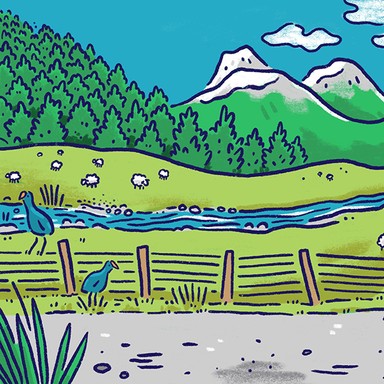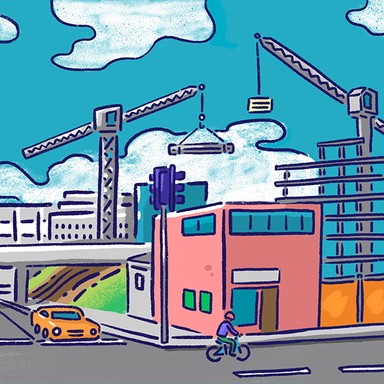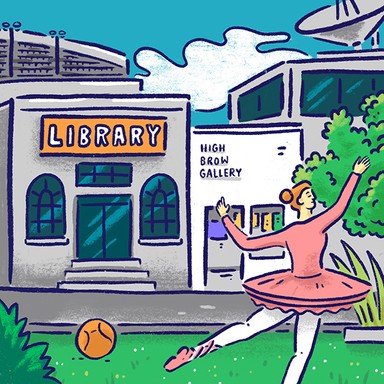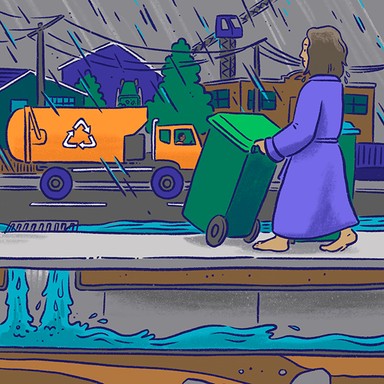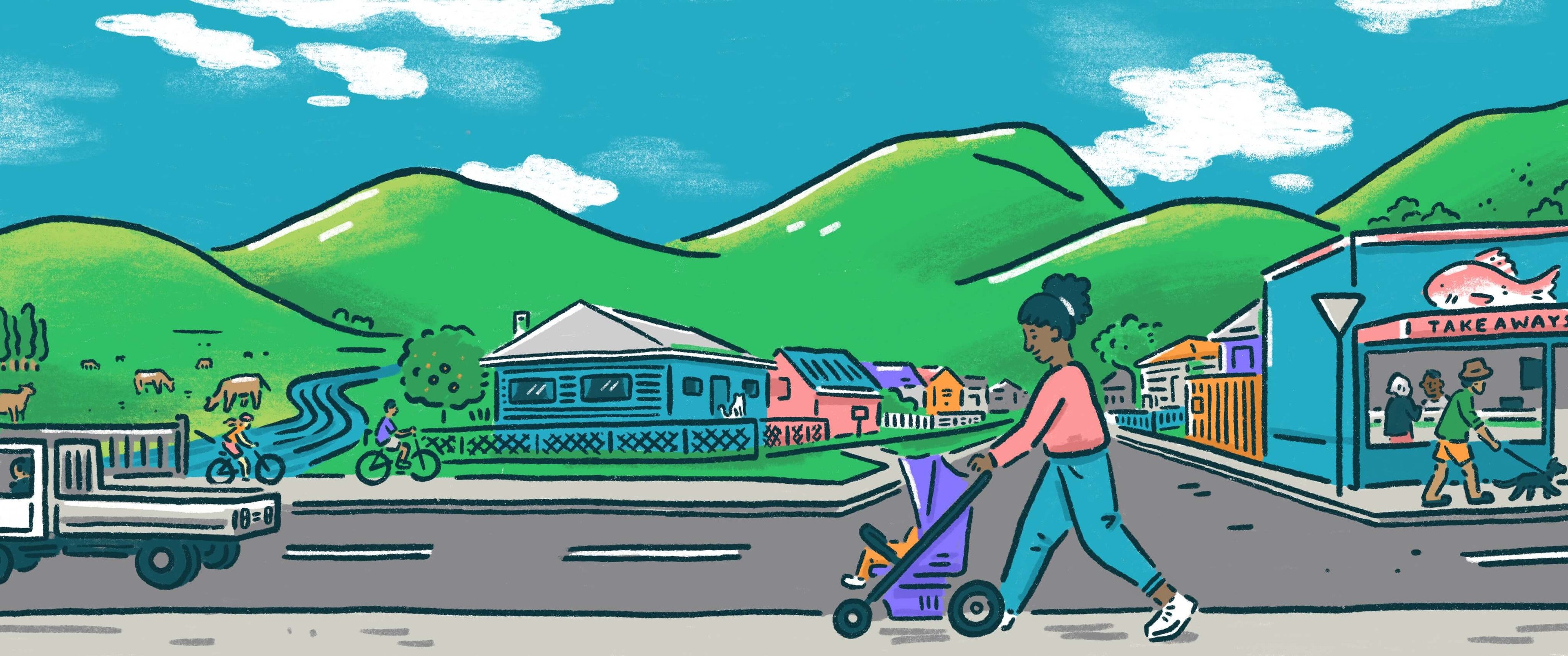
Central Otago District Council
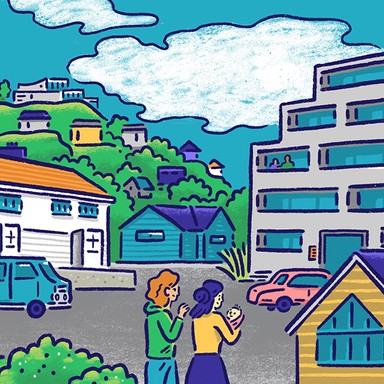
Housing and planning
Local councils are responsible for land use planning under the Resource Management Act, which affects where and how new houses are constructed, as well as the design of cities and towns. In some areas, councils also provide housing to those who need it most.

Housing and planning
Local councils are responsible for land use planning under the Resource Management Act, which affects where and how new houses are constructed, as well as the design of cities and towns. In some areas, councils also provide housing to those who need it most.
The spatial plan we have adopted allows for more housing typologies – we need to support our community to be open to the changes.
Be engaged in lobbying central government for financial assistance to allow for a cost neutral housing portfolio to be developed.
Council proactive and efficient consent processes and inspection to ensure building compliance.
Council maintains and expands social and pensioner housing initiatives.
Implement the Vincent Spatial Plan.
Support council policies that incentivise developers to provide more diversity in the size and style of homes they create.
Advocate for urban design that encourages community connectedness and inclusiveness.
Commit to growing current Central Otago District Council owned housing stock to support low-income families and the elderly with housing security.
Work in partnership with central government, businesses and charities to increase the number of affordable houses in all new sub-divisions.
Create incentives for homeowners to sub divide their properties to increase housing stock without the need to extend urban footprints.
Ensure sufficient land is available for housing through zoning land as residential.
Permit small sections and subdivision of existing sections to reduce the price of land.
Encourage the building of 'tiny' houses (one or two bedrooms).
The spatial plan we have adopted allows for more housing typologies – we need to support our community to be open to the changes.
Be engaged in lobbying central government for financial assistance to allow for a cost neutral housing portfolio to be developed.
Council proactive and efficient consent processes and inspection to ensure building compliance.
Council maintains and expands social and pensioner housing initiatives.
Implement the Vincent Spatial Plan.
Support council policies that incentivise developers to provide more diversity in the size and style of homes they create.
Advocate for urban design that encourages community connectedness and inclusiveness.
Commit to growing current Central Otago District Council owned housing stock to support low-income families and the elderly with housing security.
Work in partnership with central government, businesses and charities to increase the number of affordable houses in all new sub-divisions.
Create incentives for homeowners to sub divide their properties to increase housing stock without the need to extend urban footprints.
Ensure sufficient land is available for housing through zoning land as residential.
Permit small sections and subdivision of existing sections to reduce the price of land.
Encourage the building of 'tiny' houses (one or two bedrooms).
Mayor
Compare the mayoral candidates in your area
Local council
Compare the candidates for your city or district council
Regional council
Compare the candidates for your regional council
Local board
Compare the candidates for your local or community board

